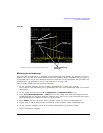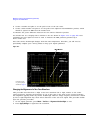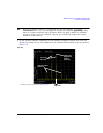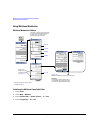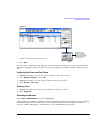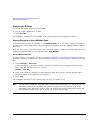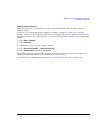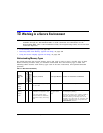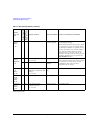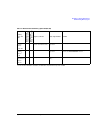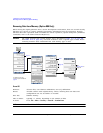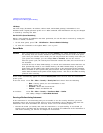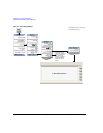
Agilent N5161A/62A/81A/82A/83A MXG Signal Generators User’s Guide 299
13 Working in a Secure Environment
NOTE For the N5161A/62A the softkey menus and features mentioned in this guide are only
available through the Web–Enabled MXG or SCPI commands. For information on the
Web-Enabled MXG, refer to the Installation Guide, the Programming Guide, and to the SCPI
Command Reference.
• Understanding Memory Types on page 299
• Removing Data from Memory (Option 006 Only) on page 302
• Using the Secure Display (Option 006 Only) on page 305
Understanding Memory Types
The signal generator has several memory types, and each is used to store a specific type of data.
Before removing sensitive data, you should to understand how each memory type is used. The
following tables describe each memory type used in the base instrument, and optional baseband
generator.
Table 13-1 Base Instrument Memory
Memory
Type and
Size
Writable During
Normal Operation?
Data Retained
When Powered Off?
Purpose/Contents Data Input Method Location in Instrument and Remarks
Main
Memory
(RAM)
32 MB
Yes No firmware operating memory
no user data
operating system CPU board, not battery backed.
Main
Memory
(Flash)
8 MB
Yes Yes factory
calibration/configuration data
a
user file system, which
includes flatness calibration,
instrument states, and sweep
lists
firmware upgrades
and user–saved
data
a
CPU board (same chip as firmware memory,
but managed separately)
Because this memory chip contains 8 MB of
user data (described here) and 8 MB of
firmware memory, a full–chip erase is not
desirable. User data areas are selectively and
completely sanitized when you perform the
Erase and Sanitize function.



